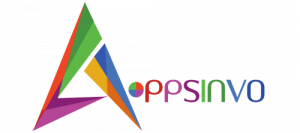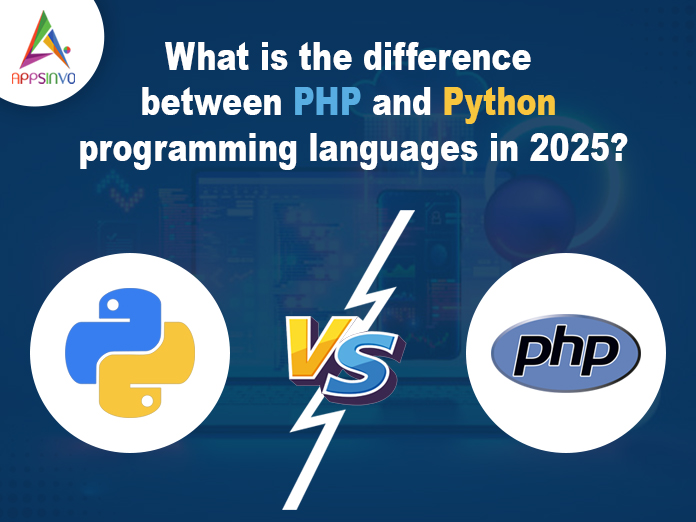In the ever-changing environment of computer languages, PHP and Python continue to play important roles in the development community. Each language has distinct strengths, weaknesses, and use cases, making them appropriate for an assortment of tasks. As of 2025, here’s a detailed comparison of PHP vs Python, showing important distinctions and emerging developments.
1. Purpose and use cases.
PHP:
- Website Development: PHP is specifically developed for web development. It remains one of the most used languages for server-side scripting. The great majority of websites, especially those created on platforms such as WordPress, continue to rely heavily on PHP.
- Content Management System (CMS): PHP supports many popular CMS platforms, including WordPress, Joomla, and Drupal, making it a top choice for developers working on content-heavy websites.
Python:
- General Purpose Language: Python is a general-purpose programming language that may be used for more than just web development. It is widely applied in data science, machine learning, automation, and scientific computing.
- Web frameworks: Python was not initially designed for web development, but it features powerful frameworks such as Django and Flask that make it a formidable contender in this field.
2. Syntax and readability
PHP:
- Syntax: PHP syntax is similar to C and Java, which may be less readable for beginners. It frequently has a mix of HTML and PHP code, making the codebase difficult to manage.
- Readability: PHP has made progress in increasing readability with recent versions, but it can still be verbose and inconsistent.
Python:
- Syntax: Python is known for its clean, legible syntax, which emphasizes simplicity and decreases the number of words of code required to complete tasks. This makes it a great alternative for both new and seasoned developers.
- Readability: The use of indentation to delineate code blocks enforces a uniform style, which improves code readability.
3. Performance
PHP:
- Speed: PHP’s architecture as a web-centric language allows php to execute scripts running on the server more quickly. With the release of PHP 8, performance has increased significantly, making it competitive with other languages.
- Caching: PHP applications can benefit from a variety of caching techniques to boost performance and minimise server load.
Python:
- Execution Speed: Python is typically slower than PHP in terms of execution performance, owing to its interpreted nature. However, for many applications, the difference is insignificant when compared to development speed and usability.
- Optimisation: Python has tools like Cython, which allow developers to compile Python code to C for performance gains.
4. Community & Support
PHP:
- Established Community: PHP has a long history of support from the community, including substantial documentation, forums, and resources. This makes it easy for developers to identify solutions and get support.
- Frameworks: Popular frameworks such as Laravel and Symfony give powerful capabilities for swiftly developing complicated applications.
Python:
- Growing Community: The Python community has grown rapidly in recent years, particularly in the disciplines of data science and machine learning. Resources are plentiful, and community support is strong.
- Libraries: Python has a vast ecosystem of libraries and frameworks (such as NumPy, Pandas, and TensorFlow) that cater to a wide range of domains.
5. Learning curve
PHP:
- Easy to Learn: PHP is reasonably easy to learn, particularly for those interested in web programming. Its numerous online tools and community assistance make learning easier.
- Development Environment: Setting up a PHP development environment is simple owing to tools like XAMPP and MAMP.
Python:
- Beginner-Friendly: Python’s simplicity and readability make it one of the most suitable languages for novices. Its syntax closely matches real English, making it simple to learn.
- Versatile applications: Python’s versatility (web development, data analysis, and automation) makes it an appealing choice for beginning programmers.
6. Job Market and Demand
PHP:
- Job Opportunities: While PHP remains in demand, particularly for web development tasks, its popularity has steadily declined in comparison to other languages.
- Legacy systems: Several organizations continue to rely on PHP for legacy systems, guaranteeing a consistent demand for PHP engineers.
Python:
- High Demand: Python has experienced a spike in popularity due to its applications in data science, machine learning, and automation. Many businesses are looking for engineers with Python experience.
- Diverse roles: Python developers can work as data analysts, machine learning engineers, or web developers, which opens up a wider range of opportunities.
7. Framework and Ecosystem
PHP:
- Frameworks: PHP includes strong frameworks such as Laravel and CodeIgniter, which simplify web application development and boost productivity.
- Ecosystem: The ecosystem has matured, with many libraries and tools designed expressly for online applications.
Python:
- Frameworks: Python frameworks like Django and Flask provide comprehensive features for developing online applications, with a particular emphasis on scalability and security.
- Ecosystem: Python’s ecosystem is broad, encompassing topics such as scientific computing (SciPy), data analysis (Pandas), and machine learning (sci-kit-learn).
8. Future Trends
PHP:
- Continued Relevance: PHP will remain relevant in web development, particularly for projects that use current PHP frameworks and CMS platforms. Ongoing upgrades will enhance performance and security.
- Integration with Modern Technology: PHP is rapidly being combined with new technologies such as RESTful APIs and microservice architecture.
Python:
- Rising popularity: Python’s popularity is anticipated to rise further, notably in data science, artificial intelligence, and automation, making it a long-term choice for developers.
- Cross-Platform Development: Python is rapidly being utilized for cross-platform mobile programming, particularly by frameworks such as Kivy and BeeWare.
Conclusion
In conclusion, the decision between PHP and Python in 2025 is largely dependent on the unique project requirements and goals. PHP excels at web development, particularly content management systems, whereas Python is versatile across multiple fields, including data science and automation. Finally, recognizing each language’s strengths and shortcomings will allow developers to make informed judgments that correspond with their professional goals and project requirements.












